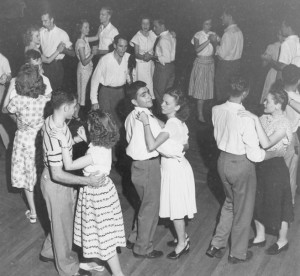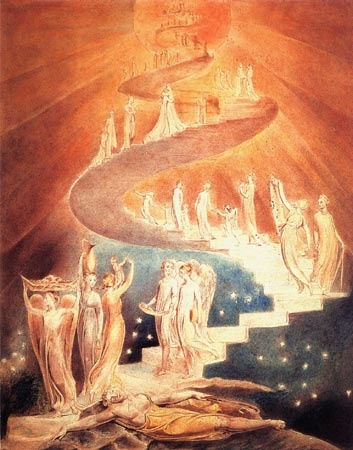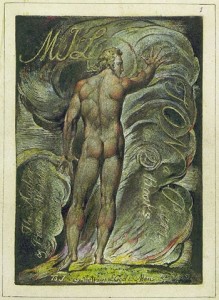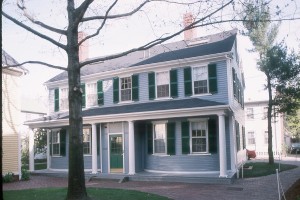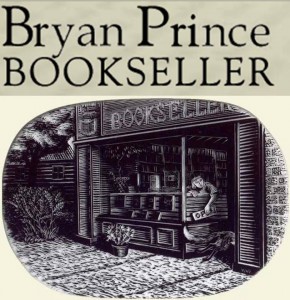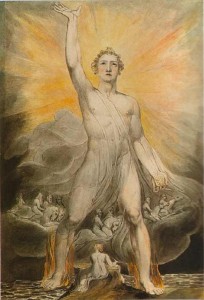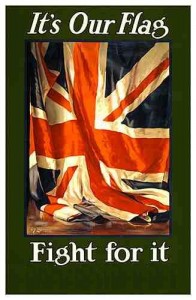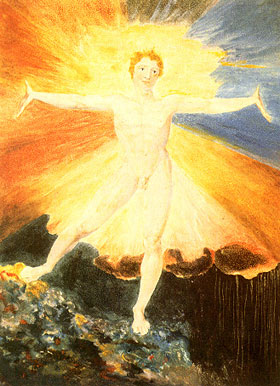
In his account of the thematic modes in Anatomy of Criticism Frye says that the general theme in the ironic mode is the pure, timeless moment of vision, and the examples of such vision he gives are “Rimbaud’s illumination, Joyce’s epiphany, the Augenblick of modern German thought, and the kind of nondidactic revelation implied in such terms as symbolisme and imagism.” Frye himself had several of these moments of vision. The earliest, reported in John Ayre’s biography, was during his early high school years in Moncton when he suddenly realized that he could shed without consequence the moral and religious dogmas of the fundamentalist envelope in which he had been raised. Frye did not recall what triggered the revelation: he simply realized on a walk to school one day that the albatross of fundamentalist teaching “just dropped off into the sewers and stayed there.”
There were other epiphanies: one in Edmonton (1932), one (perhaps two) with Blake (1933), another in Seattle (1951), and still another on St. Clair Avenue in Toronto (early 1950s). The “Third Book” Notebooks contain a hint of a fifth epiphany––in 1944 on a walk down Bathurst Street in Toronto. A final epiphany may have occurred in Yugoslavia only four months before Frye’s death: he speaks of “that loud flash I got in Zagreb: the ideal of spontaneity, where the moment of composition and the moment of performance are the same” (The Late Notebooks of Northrop Frye 1:415).
Frye refers to these moments variously as intuitions, epiphanies, illuminations, and enlightenments. Most of them were experiences of unity––experiences, as he says, “of things fitting together” in a momentary flash of insight (Northrop Frye in Conversation 48). Although Frye did speak about the Blake and Edmonton epiphanies in several interviews, he never mentioned them in his books and essays. But in his notebooks there are more than thirty references to one or another of these experiences, the most important of which seem to have been what he calls his Seattle and St. Clair illuminations. I have found Frye’s accounts of these experiences to be as endlessly fascinating as they are enigmatic. The references are often quite cryptic. In Northrop Frye: Religious Visionary I took a stab at analyzing the Seattle and St. Clair epiphanies (90–6), but the different kinds of recognition that came to Frye on these occasions remain something of a riddle. Perhaps some blogger out there would be interested in sifting through the various notebook entries with the aim of providing illumination of these illuminations. What follows are the relevant passages. The references at the end of each entry are to the volumes in the Collected Works of Northrop Frye. Page breaks and other editorial insertions are within square brackets. Continue reading →
